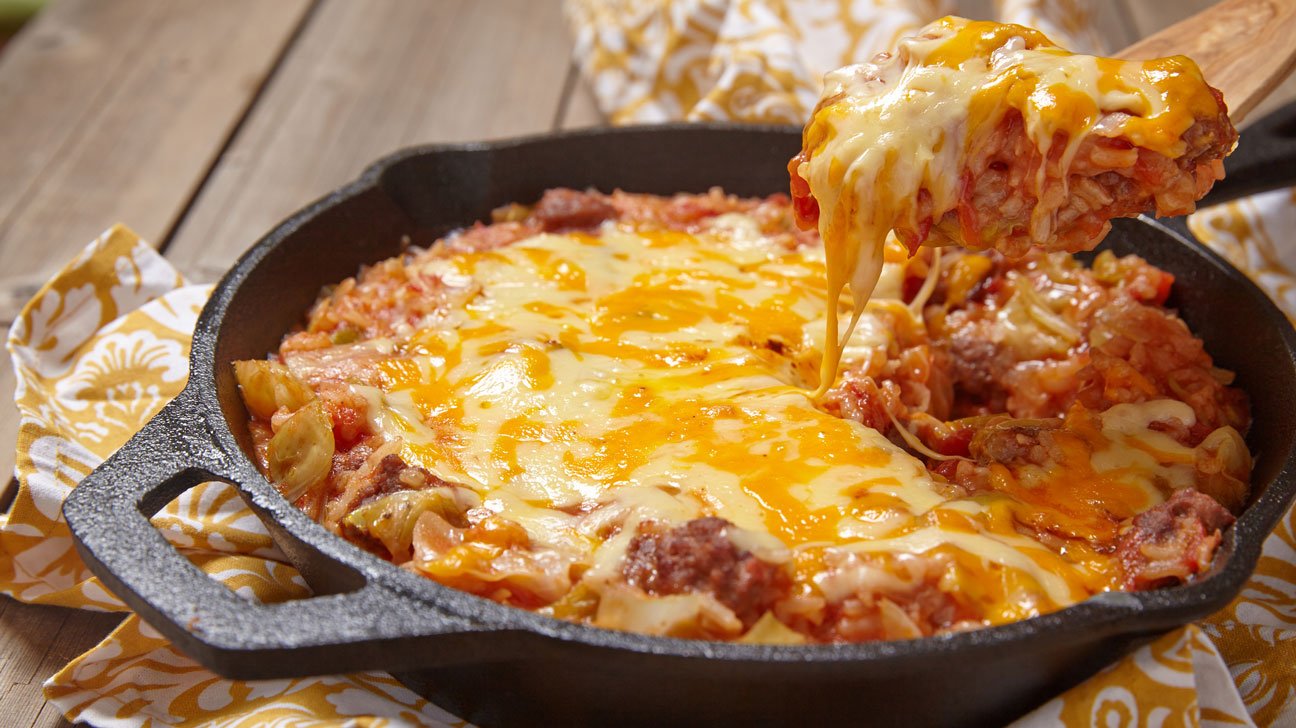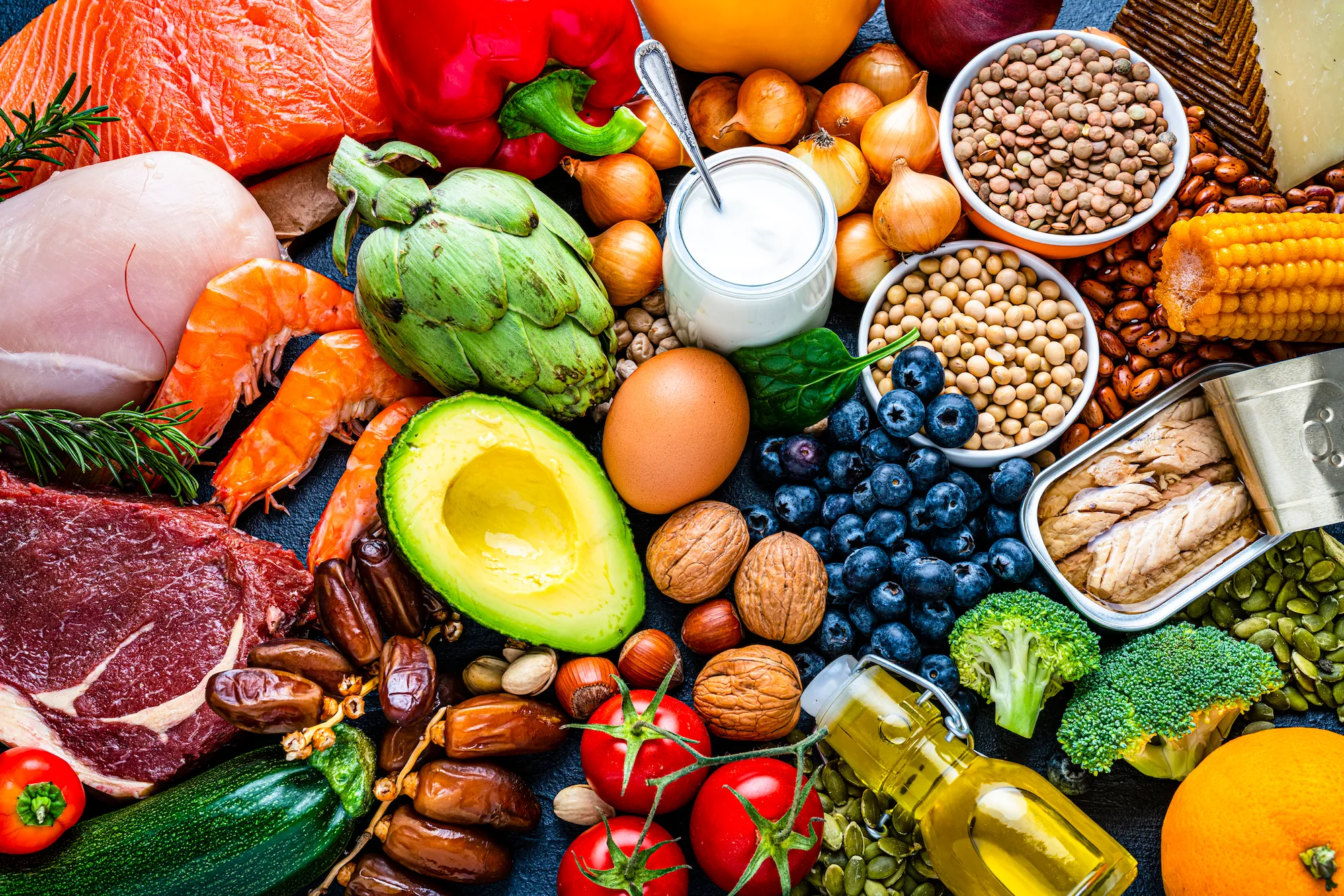Creating a well-balanced meal plan is essential for maintaining good health, managing weight, and ensuring that your body gets all the necessary nutrients. Here’s a step-by-step guide to help you design a nutritious and well-rounded meal plan:
Step 1: Understand the Components of a Balanced Diet
A balanced diet includes a variety of foods that provide essential nutrients:
- Carbohydrates: The body’s main energy source. Include whole grains, fruits, and vegetables.
- Proteins: Essential for building and repairing tissues. Include lean meats, fish, eggs, legumes, nuts, and seeds.
- Fats: Necessary for energy and cell function. Focus on healthy fats from avocados, nuts, seeds, and olive oil.
- Vitamins and Minerals: Vital for various bodily functions. Ensure a diverse intake of fruits, vegetables, whole grains, and dairy.
- Fiber: Important for digestive health. Include fruits, vegetables, legumes, and whole grains.
- Water: Essential for hydration and bodily functions. Aim to drink at least 8 cups (64 ounces) of water a day.
Step 2: Set Your Daily Caloric Needs
Determine your daily caloric needs based on your age, sex, weight, height, and physical activity level. Online calculators and tools can help you estimate your required calorie intake.
Step 3: Plan Your Meals and Snacks
Breakfast:
- Should be high in protein and fiber to keep you full and energized.
- Example: Greek yogurt with berries and granola, or an avocado toast with an egg.
Lunch:
- Aim for a balanced meal with protein, complex carbohydrates, and plenty of vegetables.
- Example: Grilled chicken salad with mixed greens, cherry tomatoes, cucumbers, and a light vinaigrette, served with a side of quinoa.
Dinner:
- Should be a mix of lean protein, healthy fats, and vegetables.
- Example: Baked salmon with a side of steamed broccoli and sweet potato.
Snacks:
- Choose healthy snacks that provide nutrients and keep hunger at bay.
- Example: Apple slices with almond butter, or a handful of mixed nuts.
Step 4: Incorporate Variety
Variety ensures you get a broad range of nutrients and prevents meal fatigue. Rotate different protein sources (chicken, fish, tofu, beans), grains (quinoa, brown rice, whole wheat pasta), and vegetables (spinach, bell peppers, carrots).
Step 5: Prepare a Weekly Menu
Create a menu for the week, including all meals and snacks. This helps with grocery shopping and meal prep. Here’s a sample weekly meal plan:
Monday:
- Breakfast: Overnight oats with chia seeds and fresh berries
- Lunch: Turkey and avocado wrap with a side of mixed greens
- Snack: Greek yogurt with honey and walnuts
- Dinner: Grilled chicken breast with roasted Brussels sprouts and quinoa
Tuesday:
- Breakfast: Smoothie bowl with spinach, banana, and almond milk, topped with granola
- Lunch: Lentil soup with a side salad
- Snack: Carrot sticks with hummus
- Dinner: Baked salmon with a side of steamed broccoli and brown rice
Wednesday:
- Breakfast: Whole grain toast with peanut butter and banana slices
- Lunch: Quinoa salad with black beans, corn, tomatoes, and avocado
- Snack: Apple slices with almond butter
- Dinner: Stir-fried tofu with mixed vegetables and a side of jasmine rice
Thursday:
- Breakfast: Greek yogurt parfait with mixed berries and granola
- Lunch: Chickpea and vegetable curry with a side of naan bread
- Snack: Handful of mixed nuts
- Dinner: Turkey meatballs with spaghetti squash and marinara sauce
Friday:
- Breakfast: Scrambled eggs with spinach and whole grain toast
- Lunch: Grilled chicken Caesar salad
- Snack: Fresh fruit salad
- Dinner: Baked sweet potato topped with black beans, salsa, and avocado
Saturday:
- Breakfast: Smoothie with kale, pineapple, and coconut water
- Lunch: Tuna salad wrap with a side of cucumber slices
- Snack: Cottage cheese with peach slices
- Dinner: Vegetable stir-fry with tofu and brown rice
Sunday:
- Breakfast: Whole grain pancakes with fresh strawberries
- Lunch: Mixed green salad with grilled shrimp and a lemon vinaigrette
- Snack: Celery sticks with hummus
- Dinner: Baked cod with roasted vegetables and quinoa
Step 6: Prep and Cook in Batches
To make meal planning easier, prepare ingredients in bulk and cook meals ahead of time. For example:
- Chop vegetables: Store them in airtight containers for quick use.
- Cook grains and proteins in advance: Quinoa, brown rice, and grilled chicken can be made ahead and used throughout the week.
- Prepare snacks: Portion out nuts, cut fruits, and make hummus.
Step 7: Stay Hydrated
Ensure you’re drinking enough water throughout the day. Carry a water bottle and set reminders to drink water regularly.
Step 8: Monitor and Adjust
Keep track of your meals and how they make you feel. Adjust portions and ingredients as needed to better fit your nutritional needs and lifestyle.
Conclusion
Creating a well-balanced meal plan involves understanding your nutritional needs, planning diverse and nutritious meals, and preparing ahead of time. By following these steps, you can ensure that you’re eating a variety of foods that provide all the essential nutrients for maintaining good health and well-being.












Alright, so I stumbled upon okking39 the other day. The layout is pretty straightforward, easy to navigate. I signed up for their welcome bonus and it actually wasn’t bad. Give it a look, you might find something you like.
Just stumbled upon 555winlol, and gotta say, the esports betting options are impressive. They seem to really focus on LOL which is a plus! If you’re into esports, this might be your new playground. Get your game on: 555winlol
888slot link không chỉ nổi bật nhờ kho game đa dạng mà còn ghi điểm bởi hệ thống bảo mật SSL 128-bit – đảm bảo an toàn tuyệt đối cho mọi giao dịch của bạn. TONY01-12